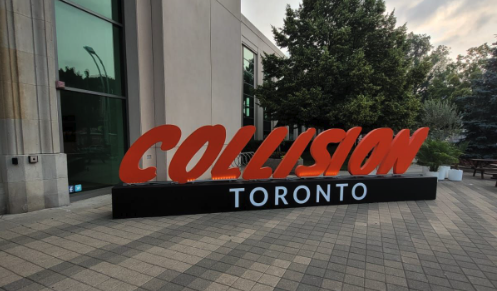How to Turn The Great Resignation Into The Great Retention: HR’s Role Explained

The Great Resignation—a seismic wave of voluntary departures—has transformed the workplace landscape. Yet, embedded within this upheaval lies a golden opportunity for HR professionals to flip the narrative and lead the way toward The Great Retention. The question stands: how can HR steer organizations through this challenge into a future of loyalty, engagement, and growth?
Understanding the Challenge: Why Are People Leaving?
The top drivers behind this mass exodus, according to Gallup and SHRM, include burnout, insufficient advancement opportunities, unsatisfactory compensation, and rigid workplace policies such as forced office returns. A majority of employees today feel disengaged, which Gallup quantifies as a productivity loss equal to 18% of their annual salary. The direct consequence: uninspired teams that repel top talent and fuel turnover.
HR’s Transformative Role: From Resignation to Retention
HR holds the key to reversing this trend. First, by becoming a strategic partner invested not only in recruitment but in cultivating a workplace where employees want to stay and grow. According to Forbes, the smartest retention strategies start with deep listening—engaging employees through stay interviews to discover what motivates them and what drives dissatisfaction.
Key Retention Strategies That HR Must Lead
Prioritize Flexibility and Wellbeing
Offering hybrid work options and flexible schedules is no longer optional. Employees are happier and more productive when they control where and when they work. Supporting their wellbeing with wellness programs and mental health resources also signals that the organization truly cares.
Invest in Growth and Career Development
Lack of advancement is a top reason for quitting. HR must implement transparent career pathways and mentorship programs, enabling employees to envision a future within the company. Continuous feedback loops replace outdated annual reviews, fostering a culture of growth.
Create a Culture of Recognition and Belonging
Recognition isn’t just a nice-to-have; it’s a retention powerhouse. Frequently acknowledging contributions, celebrating wins, and embedding inclusivity build emotional bonds that inspire long-term loyalty.
Hire for Cultural Fit and Staying Power
According to the latest HR insights, hiring employees whose values align with the corporate culture significantly increases retention. This requires a shift toward smarter candidate matching that goes beyond skills to mindset and motivators.
Motivational Insights for HR Leaders
As leadership expert Simon Sinek profoundly stated, “Employees who believe that management is concerned about them as a whole person—not just an employee—are more productive, more satisfied, more fulfilled. Satisfied employees mean satisfied customers, which leads to profitability.”
Moreover, Gallup’s data-driven reminder is clear: “Engagement is not an HR issue; it’s a business imperative.” HR’s role is to embed engagement into the company ethos, making retention an ongoing success story.
Conclusion
Turning The Great Resignation into The Great Retention requires HR to be visionary, proactive, and empathetic. It’s about creating workplaces where every employee feels valued, energized, and hopeful for their future.
As HR architects of the future workforce, fostering connection, flexibility, growth, and recognition will transform the tides of turnover into waves of retention—making your organization not just a place to work, but a place to thrive.
References
https://www.shrm.org/topics-tools/tools/toolkits/managing-employee-retention









